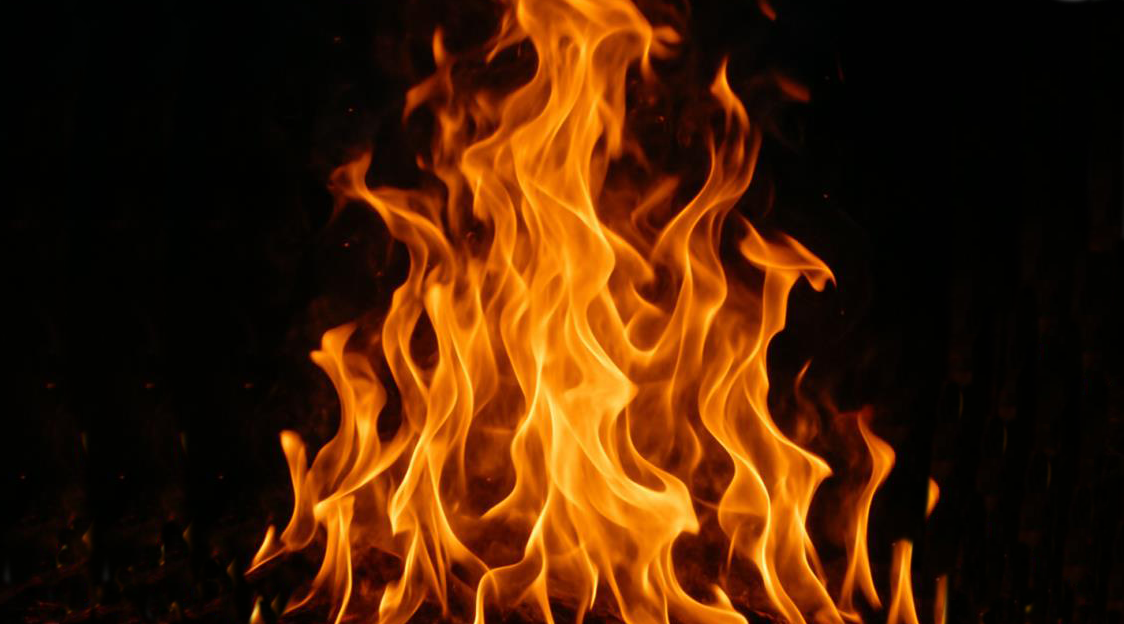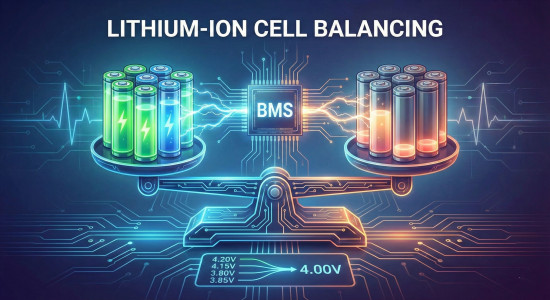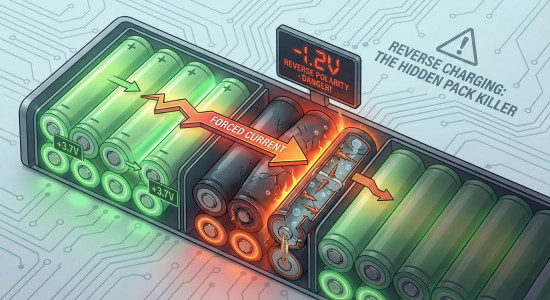
Thermal Runaway While Charging
Table of Contents
Sometimes, when you charge lithium ion batteries too fast, they catch on fire. This could be the result of thermal runaway while charging. I say "could" because not all lithium ion battery fires are related to thermal runaway. If you have a fire related to thermal runaway, you're in for a really bad day.
What Is Thermal Runaway?
Thermal runaway, essentially, is when something gets so hot that it cannot stop getting other parts of itself hotter and hotter. Because things that experience thermal runaway are generally things that don't react well to heat, once you heat them up, they start to have reactions that produce more heat.
Once the situation gets so bad, your internal thermal runaway will quickly transition to an external thermal runaway, in which now, instead of the unwanted heat propagating throughout a single thing, such as a battery cell, it will now be propagating through many battery cells as they all experience the cascading effects of thermal runaway.
Thermal Runaway Explained
We are gonna go on a bit of a tangent here, but bare with me. To effectively demonstrate thermal runaway, consider a piece of paper. It takes a certain amount of energy to cause that piece of paper to catch on fire. The paper is the fuel in the fire triangle, the air in the room is the oxygen, and the third part of the fire triangle is energy. As we know, in order to have fire, all three parts of the fire triangle must be present.
If I rub that piece of paper with my hand, it's just not enough energy to make it catch on fire. I can probably get the paper warm so that if you feel it after I rubbed it really hard, you could feel the warmth, you can feel the energy that I put into the paper, but it just wasn't enough energy to cause the paper to catch on fire. However, there is a very common device that can be used to easily put more than enough energy in that piece of paper for it to catch on fire—it's called a lighter. If I take a lighter and I start a very, very small flame at the very, very corner of that piece of paper, that tiny little flame does not contain enough energy to burn up the entire piece of paper, but it does contain enough energy to burn up the tiny corner of the paper that it's on.
One of two things will happen if I leave this unattended. It will either fizzle out and go to smoke, and the paper will stop burning, or it will experience thermal runaway. Thermal runaway would happen if the angle of the paper was just right so that the flame was touching more of the paper that was not burned yet, or if the wind or air currents in the room moved just right to spread the flame out in just the right way that the process became large enough to become self-sustaining. This is the basic principle of starting a fire.
It's relatively easy to get something to smoke. It's even relatively easy to get a small flame, but it takes some level of skill or effort to actually build a proper fire and have it burn properly. When you build a successful fire that becomes self-sustaining, what you've done is you have successfully achieved thermal runaway.
It's when the stuff is so hot that it just can't help but continue to get stuff next to it hot, and the amount of heat that's added to the additional material is enough for it to burn and therefore release more energy and heat up other things next to it. Once thermal runaway has been achieved, unless you suck all the oxygen out of the air, it will simply burn until there's no fuel left.
How Does Thermal Runaway Happen When Charging Lithium Ion Batteries?
Lithium ion batteries have specific charge and discharge limits. This is because batteries store their energy in the form of reversible chemical reactions. Those reactions are not instant, and they take some time to propagate through the entire cell. This time, and other factors, cause this process to have what is equivalent to placing a resistor in series.
As you pass current through any resistor, the voltage is going to drop. That voltage drop multiplied by the current will give you the amount of power, in watts, that is dissipated within the cell.
Why Do Lithium Ion Cells Get Warm While Charging?
It's a little known fact that the lithium ion charging process is actually endothermic, so that means it absorbs heat, but this effect is only at a few milliwatts. The reason cells don’t feel cool to the touch and still get warm while charging is because of the heat generated by ohmic resistance, which is actually a bit higher in the charging direction.
Also, as a lithium ion battery reaches its full charge voltage, its resistance creeps up a little further, adding more heat to the system.
So we know that battery cells get warm when any current is passed through them, and we know they get warmer as they're charging, despite the charging process itself actually absorbing a little heat.
And we know what thermal runaway itself is, so we can put it all together into one package and clearly see that if you charge a battery pack too quickly, it can experience thermal runaway and cause a very bad chain reaction.
As a battery gets older and older, its resistance increases, but the charger you’re using doesn’t know the age or health of the battery, so it’s going to charge it with the same current it always does.
So what that means is, for any lithium-ion battery, every time you charge it, it gets a little hotter during the charging process because its resistance increases over time. This just happens very slowly.
If the BMS doesn’t have a temperature sensor, and if the battery was already built in a way that it was going to get hot under charge normally—because it doesn’t have enough cells for the amount of current being put into the battery—towards the end of that life span, that battery just may tip over into the danger point as it becomes hotter and hotter under charging, and it could experience thermal runaway.
A lot of the time, the BMS will be able to support a certain amount of charge current that’s above the amount the cells can support, but the manufacturer supplies the charger, and it’s a small charger—like a 2 or 3 amp charger—so they don’t think anything of it.
But the customer wants a faster charger, buys an appropriate-voltage lithium-ion charger and an adapter, or finds one with the right connector, and everything works fine.
The BMS has a 10 amp limit; the cells can only handle 5 amps of charge current, and he’s got a 6 amp charger.
In this situation, everything will work fine most of the time, but after a really hard ride, where the cells are already hot from discharge, and you throw it on a charger that overloads it, you could have a serious problem on your hands.
Final Thoughts
In the end, thermal runaway while charging a lithium-ion pack really comes down to a vicious feedback loop: you shove current in faster than the cells can comfortably absorb, they heat up from resistive losses (and even absorb a little heat as they charge), and as their internal resistance creeps up with age or state of charge, they heat up even more.
If that extra heat can’t be whisked away––either because the cell layout doesn't have enough cells in parallel, the BMS has no temperature cut-off, or you’ve simply over-amped the charger ––you’ve lit the fuse for a cascading fire. Once one cell tips over into thermal runaway, it will ignite its neighbors until the whole pack goes up in smoke (or worse). So, bottom line: respect the cell’s charge limits, match your charger and BMS to the battery’s capabilities, and keep an eye on temperature. Push it too hard, and you could easily have a heat related catastrophe.


